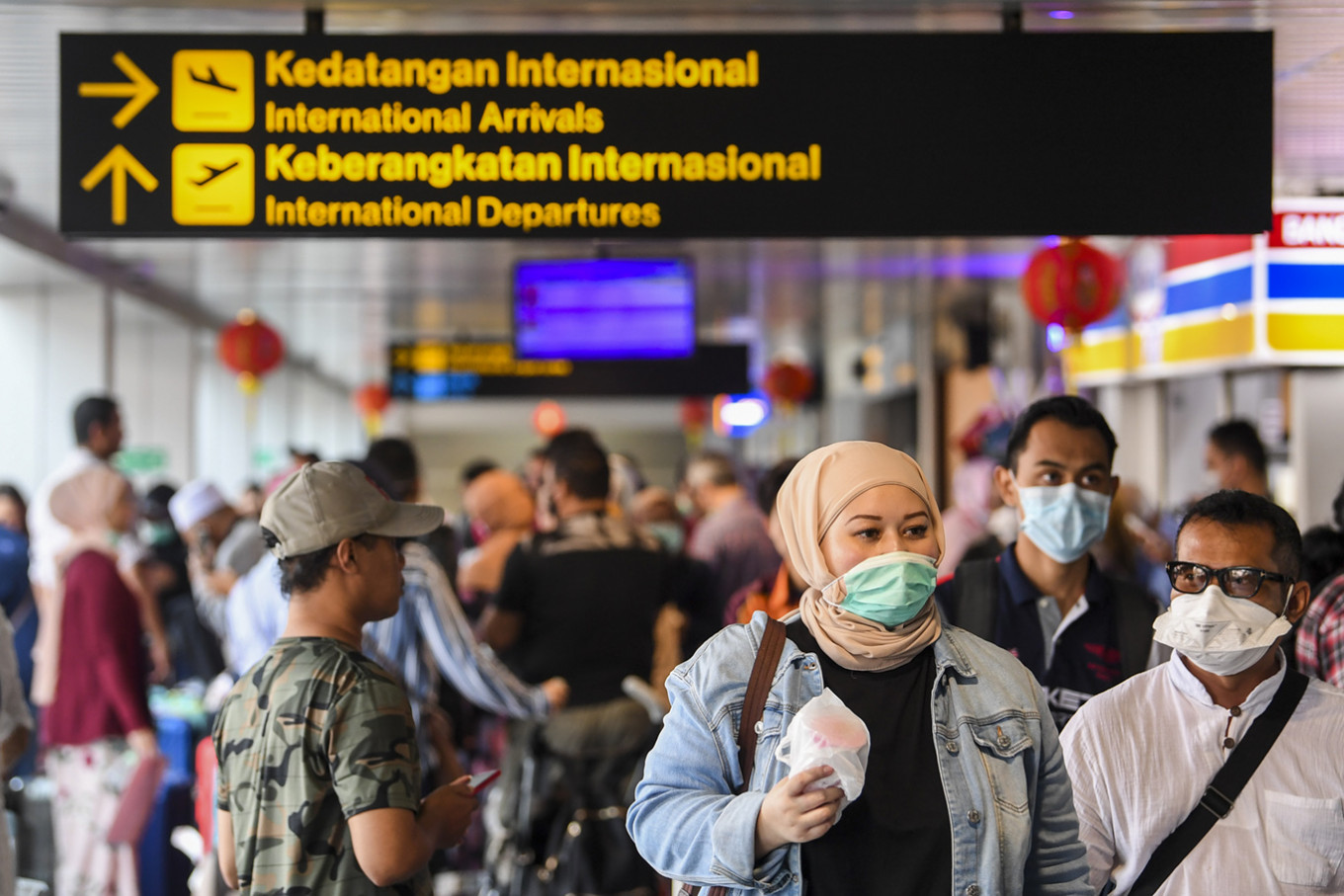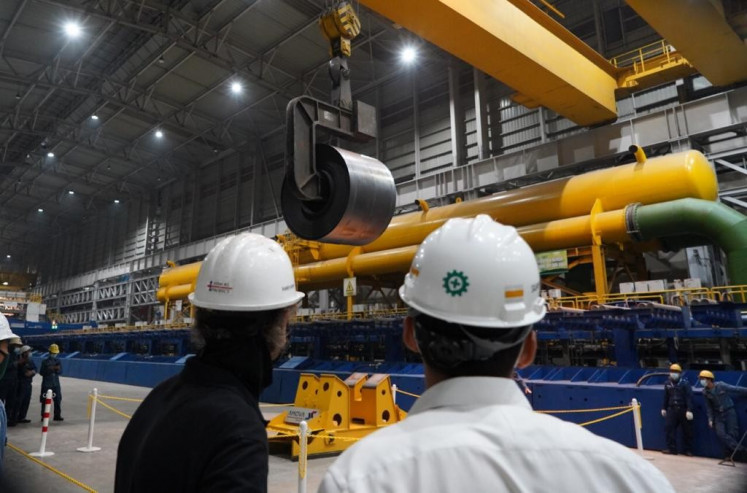Popular Reads
Top Results
Can't find what you're looking for?
View all search resultsPopular Reads
Top Results
Can't find what you're looking for?
View all search resultsCoronavirus: Can Indonesians stay calm and cool?
As the WHO promotes a 6-phase pandemic preparedness plan, instead of requesting the public to remain calm, the Health Ministry should have communicated clearly that Indonesia is in Phase 4 of pandemic preparedness.
Change text size
Gift Premium Articles
to Anyone
T
he novel coronavirus outbreak, the public health emergency that started in Wuhan city in China’s Hubei province, has led to a death toll of at least 300 as of Sunday, while the virus has reportedly affected people in more than 15 countries. Not only have leaders of the World Health Organization convened to determine the best course of action for close monitoring and the collection of data, the escalating number of people infected has also led several governments, including Indonesia, to evacuate their citizens from Wuhan.
Let’s hope not, but things may continue rolling to the extent that they exceed public health experts’ and authorities’ current capabilities to control. By way of comparison, by the time the Severe Acute Respiratory Syndrome (SARS) was formally reported to the WHO, the outbreak had been occurring for three months in 2002, with 300 confirmed cases. Today, within a shorter time since the WHO was first alerted of the virus in late December, the number of confirmed coronavirus cases outnumbered SARS by multiple times.
Furthermore, while it took four months for SARS to reach 13 countries, by Jan. 27 the new coronavirus had reached 11 countries and counting. China’s government has locked down over a dozen cities, with the intention of limiting the mobility of people and goods, which indicates the severity of the threat posed by the latest virus, and the seriousness of the efforts taken to prevent more fatalities.
But compared to authorities in other countries, in the first days of the outbreak, Indonesia’s Health Ministry rather surprisingly opted for a different approach. As the public and media started requesting information, rather than comprehensively communicating the WHO’s phase of pandemic alert, Indonesia’s national health authority requested the public to remain calm while at the same time Health Minister Terawan Agus Putranto stated that the ministry was on level-1 alert status, or Siaga 1.
While many Indonesians associate Siaga 1 with the highest stage of alert level for natural disasters like floods, it is understandable if the public and relevant stakeholders might have misunderstood the key messages that our health authority tried to convey.
To the best of my knowledge and experience, all nations should have by now been equipped with a set of WHO global influenza preparedness plans, which clearly communicate the role of the WHO and recommendations for national measures before, during and following a pandemic.
As the WHO promotes a 6-phase pandemic preparedness plan, instead of requesting the public to remain calm, the Health Ministry should have communicated clearly that Indonesia is in Phase 4 of pandemic preparedness. This phase is characterized by verified human-to-human transmission of an animal or human-animal influenza virus that is able to cause “community-level outbreaks”.
The ability to cause sustained disease outbreaks in a community marks a significant upward shift in the risk of an influenza pandemic, where 4A indicates cases confirmed overseas, while 4B indicates cases confirmed in the country.
Indonesians deserve to learn how pandemic preparedness should be best communicated. This way, objectives announced by the WHO to national authorities could be better understood and receive more buy-in from the ministry’s stakeholders as well as the wider public, whether it be planning and coordination, situation assessment and monitoring, prevention and containment or health system responses.
Hence, preparedness should be perceived as a colossal effort in which transparency and clarity regarding the implementation of pandemic preparedness status and strategies are the keys to remaining cool and calm to ensure our health and well-being.
This is an assurance I, as a domestic flight passenger, did not experience when taking a flight from one of the country’s second-tier international airports in late January, where an airport staff member said, “masks are only available at the international departure gate and upon request as there is no need for domestic flights”. I was left wondering, “what if an inbound coronavirus carrier takes a domestic flight to a second-tier city upon transiting at a first-tier international airport?”
***
Health policy observer, graduate of Karolinska Institute, Sweden











